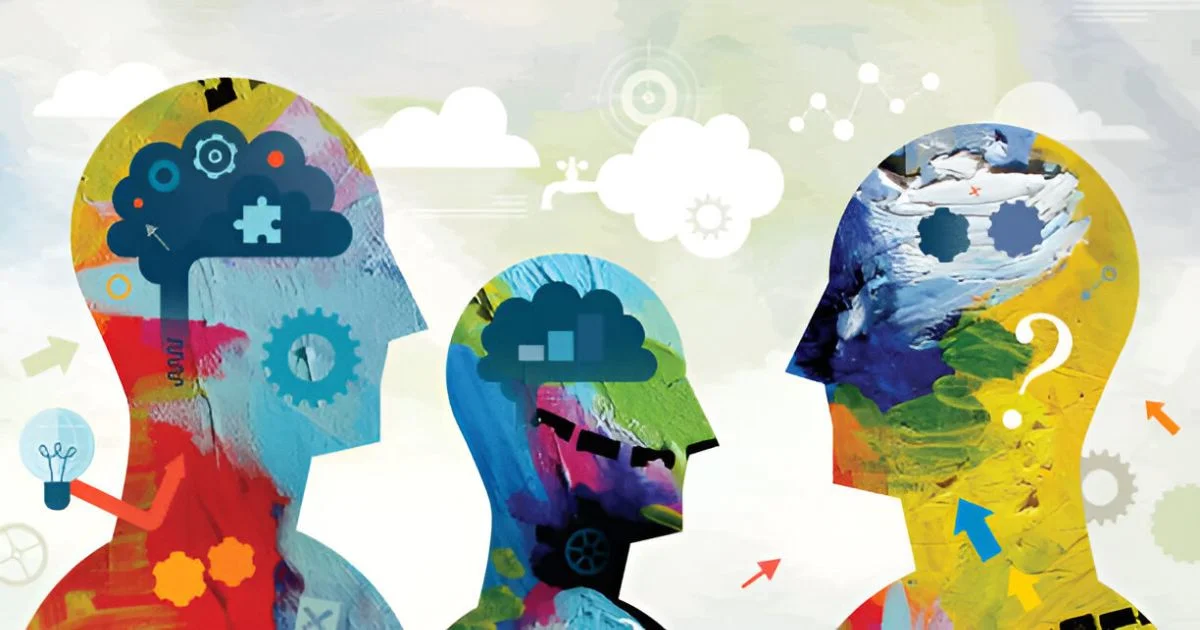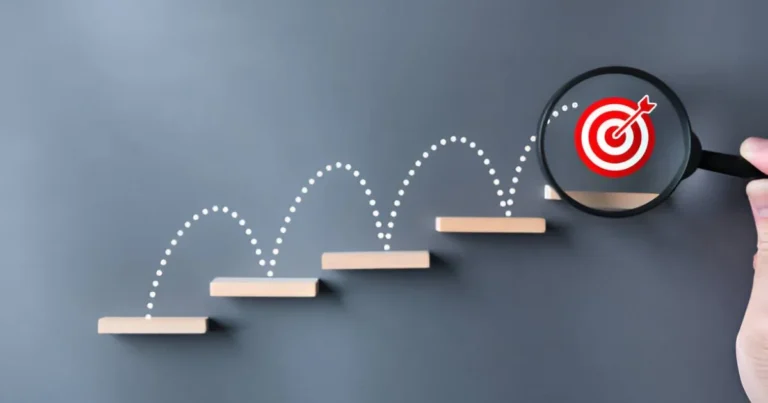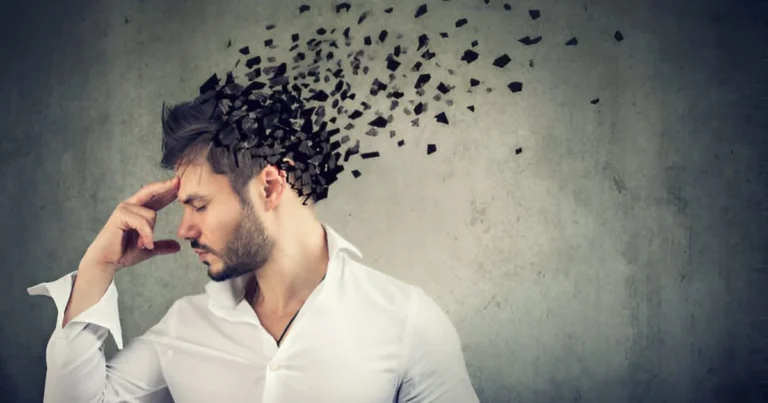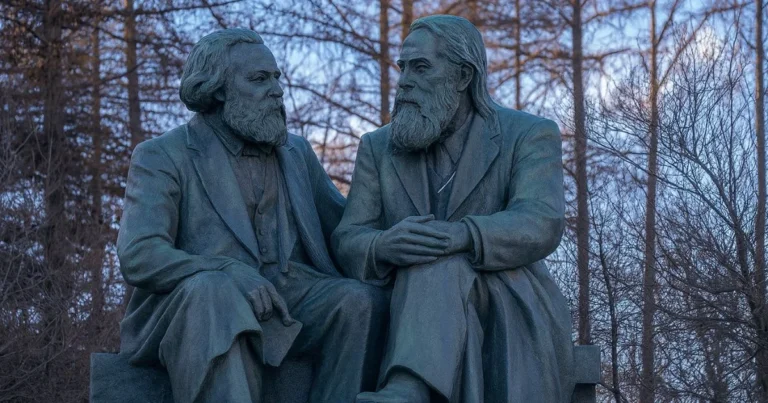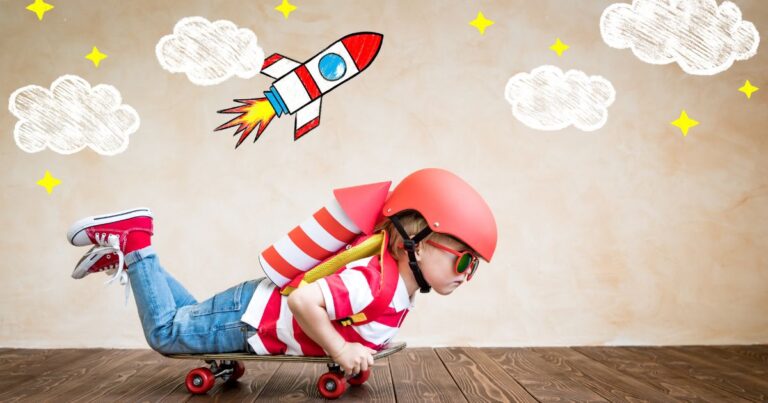Creativity: A flash of rebellious brilliance
Imagine a world without Socrates, without Einstein, without Tesla. A world bereft of Leonardo da Vinci, Beethoven, and Steve Jobs.
A world where ideas never spark, where matter remains inert, and canvases bear only soulless colors. No theories to challenge the passage of time, no symphonies to elevate the human spirit, no pixels to transform our dreams into reality. Merely a monotonous present, a dull universe where each day is a shadow of the one before, without ever encountering that spark of creativity.
Creativity, that mysterious and elusive force, is often viewed as a fleeting flame of genius, a sudden spark in an otherwise rational world. However, it is far more than a mere flash of inspiration: it emerges from a complex interplay of our brain’s processes, our personal history, and the surrounding environment.
This article sets out to explore that process, integrating the latest findings in neuroscience and psychological reflection, along with the poignant experience of an artist-researcher whose project, Poesia y Flamenco, lays bare the subtle dance between inner chaos and emergent order.
From spark to strategy: navigating the creative flow
Traditionally, creativity is defined as the ability to generate ideas that are both novel and suited to their social and cultural context—an ability once believed to be reserved for extraordinary minds. Nevertheless, is it not, at its core, the capacity each of us has to transcend the banality of everyday life?
According to Todd Lubart, a psychology professor specializing in creativity at Université Paris Cité, creativity unfolds across several essential dimensions. On one hand, there is divergent thinking, a rushing torrent that produces an uninterrupted stream of ideas; on the other, convergent thinking, an expert hand that structures this flow and extracts its most relevant concepts.
Still, this alchemy does not occur in a vacuum. It is closely tied to a conative dimension—an inner drive that compels us to act, to explore new avenues, and to persevere in realizing our creative impulses—and an emotional dimension, in which every feeling, gentle or tumultuous, leaves its mark on the birth of an idea.
Creativity also thrives on dialogue between the personal and the external. It does not merely blossom in the silence of our own minds; it seeks validation, a form of recognition from others—an echo from the world that affirms the value of our creation. Mihaly Csikszentmihályi, the Hungarian-American psychologist renowned for his theory of flow, observed that a work only attains its fullest dimension when it finds its place within a shared value system. Flow refers to that optimal state of concentration and well-being one experiences during total immersion in a creative activity. Thus, the creative act becomes a bridge, an interface between our inner universe and the vast social network around us.
Inside the creative brain: tracing the neural pathways of genius
How neural networks ignite ideas
Creative processes in the human brain involve the intricate interaction of three main neural networks: the Default Mode Network (DMN), the Executive Control Network, and the Salience Network.
Each of these plays a key role in generating, organizing, and selecting ideas. The DMN governs daydreaming and free association, the Executive Network structures these ideas into concrete actions, and the Salience Network filters relevant information to direct our attention. Working together, they create a cohesive creative experience that unites imagination and action.
- Default Mode Network (DMN)
The DMN is a set of brain regions primarily active when the mind is at rest, unfocused on any external task. This network includes structures such as the medial prefrontal cortex, the precuneus, and the medial and posterior temporal cortices. Biologically, these areas are involved in internal mental processes such as self-reflection, autobiographical memory, creative thinking, and daydreaming. The DMN fuels divergent thinking by enabling the brain to explore novel ideas and forge connections between seemingly unrelated concepts. - Executive Control Network
This network involves regions like the dorsolateral prefrontal cortex, the anterior cingulate cortex, and the parietal lobe. It manages executive functions such as planning, decision-making, inhibition, and attention control. When a creative task requires organizing or structuring the ideas generated, this network steps in to limit, filter, and guide attention toward specific elements. It supports convergent thinking, refining and transforming raw inspiration into applicable concepts, helping shift from free-roaming imagination to concrete organization. - Salience Network
The Salience Network includes structures such as the insula, the anterior cingulate cortex, and the caudate nucleus. It detects significant internal and external stimuli, filtering out what is most relevant and directing attention toward essential details. In the context of creativity, it helps us focus on meaningful ideas and facilitates the transition from imagination to action, ultimately shaping our decision-making by highlighting the stimuli most worthy of conscious attention.
Although these three networks have distinct functions, they interact to maintain a balance between daydreaming and tangible realization. Each network depends on its own neural architecture, where synaptic connections and neurotransmitters—particularly dopamine—enable communication among these brain regions. Their interplay allows us to transform abstract ideas into practical actions and bring creativity to life.
They operate much like a well-rehearsed orchestra, each network playing its part to form a symphony of thought. The DMN generates new ideas, initiating the creative process with unrestrained freedom. The Executive Network, acting as the conductor, organizes and structures this flow of inspiration into concrete action. Finally, the Salience Network filters information, directing our attention to what truly matters. This harmonious dance among the networks yields innovation, taking us from reverie to realization.
Genes at the core of creativity
Beyond mere functional organization, creativity is written into our biology. A study titled “Neural, genetic, and cognitive signatures of creativity,” published in Communications Biology, shows that certain genetic variations—particularly those linked to dopamine—are correlated with an aptitude for generating novel ideas. These genetic markers may influence how neural networks interact, thereby shaping our ability to transcend the ordinary.
In other words, creativity is not just about organization; it is also part of our biological makeup. Researchers have found that variations in our genes, especially those associated with dopamine, can be connected to our capacity to conjure new ideas. These genetic differences may affect how different parts of our brain work together, potentially enabling us to think more originally.
Picture each neuron as a spark, with the arrangement of these sparks—determined partly by our genetic heritage—either fostering or inhibiting bold new ideas. Genetics and neuroplasticity thus intertwine to shape the map of our creative potential.
Sleeping on it: the hidden power of incubation
The magic does not always arise amid conscious, bustling activity. Sometimes, it emerges from silence and surrender, from the inner revolution that takes place far from rational distractions. Creativity often follows three essential stages: preparation, incubation, and illumination.
Everything begins with preparation, when full attention is focused on the problem at hand. Here, conscious reflection reigns, collecting data and analyses, exploring every avenue meticulously. Yet this effort, essential though it is, can reach its limits, ultimately leading to a sense of being stuck.
It is at this point that the process of incubation opens up—a valuable pause during which the mind, freed from pressure, drifts of its own accord. Rather than escapism, this apparent withdrawal provides the brain with the space it needs for new ideas to grow. Neuroscientific research confirms that sleep, especially the REM (paradoxical) phase, plays a pivotal role in this mysterious process. During this time, far from shutting down, the brain orchestrates a complex ballet of neuronal connections: it sorts, reorganizes, and—most importantly—makes unexpected links among disparate fragments of information.
Then, as if by enchantment, illumination arrives. A simple image, dream, or fleeting thought can suddenly surface, casting fresh light on a problem that has lingered in the shadows. This “eureka moment” is hardly random; rather, it reflects the culmination of underlying work carried out by our unconscious.
Ultimately, creativity does not reside solely in effort but also in the art of letting go. Taking a step back and allowing the mind to wander provides our unconscious with the time and freedom needed to turn the mundane into the extraordinary.
The artist’s odyssey: unraveling the psychology of creation
Poesia y Flamenco
Amid the swirl of emotions and inspirations, performer, dancer, and storyteller Danielle Godin opens the doors of her universe through her project Poesia y Flamenco. Part artistic work and part research study, it reads like a personal logbook, revealing the hidden side of her creative process, where each movement and every word is imbued with poetry.
Educated at UQAM, where she earned a master’s degree in dance, Danielle expanded her training with additional studies in the social sciences and expressive movement. From classical ballet to flamenco, contemporary dance to Japanese forms, she developed a singular sensibility that animates Poesia y Flamenco—a project in which dance becomes language, and poetry takes on movement.
Her creative process follows the four-stage model by noted psychologist Graham Wallas, though she brings to it her own deep sensory and emotional perspective.
Everything starts with the preparation phase, where Danielle opens herself to the world around her, listening intently. Every experience, memory, and emotion becomes a fragment of inspiration. By uniting poetry and flamenco, she captures the essence of daily moments, turning them into her raw material.
She then enters incubation, stepping back consciously from her work to grant her unconscious the freedom to operate in secret. In these moments—perhaps during a solitary walk or in utter silence—her brain performs its own form of alchemy, forging invisible ties between words and gestures.
Illumination bursts forth like a poetic flash, a sudden revelation. For Danielle, this moment is often marked by a surge of emotion, when the idea emerges with clarity. It is a kind of magic, a point where chaos coalesces into harmony, where a single image, movement, or phrase strikes with the force of the inevitable.
Finally, the verification phase grounds that moment of insight in reality. Danielle tests her inspiration on stage, exploring, refining, adjusting. Each rehearsal becomes a dialogue between intuition and the physical demands of performance, a delicate process to give shape to the inner spark driving her.
In Poesia y Flamenco, Danielle Godin is not merely creating—she is inviting us to feel and resonate with her passions. Blending scientific and profoundly artistic approaches, she embodies a search for truth in which every gesture carries meaning and every word acts as a bridge to others.
Riding the emotional wave: how feelings ignite or inhibit creativity
Emotion, that powerful force coursing through us, lies at the core of the creative process. In the artist’s account, each stage of creation is touched by an emotional intensity that can shift everything in an instant.
A deep joy, an ineffable sadness, or a complex amalgam of feelings—any of these can act as catalysts that spur the mind toward uncharted territory, provided we remain open to them.
However, the same emotions can sometimes hold us back. Intense stress or overly restrictive conditions may stifle creativity, preventing ideas from flowing freely. It is within this delicate balance between excitement and calm that authentic creativity finds its source.
Transforming motivation into creative mastery
Central to this inner journey, intrinsic motivation stands like a vital engine, fueling each spark of creativity. Free from the shackles of external reward, it arises from a profound, almost mystical desire to create for the sheer joy of expressing oneself. In this immersive state, the mind slips past everyday constraints, and every movement becomes a natural expression of genuine spontaneity—a gentle rebellion against the ordinary. In the warmth of this unwavering passion, the artist finds the courage to navigate uncharted territories, turning the darkness of doubt into a dazzling light of invention.
By tending this inner flame, one is no longer merely following a predefined path, but forging it anew, reshaping the world through the silent, irresistible power of personal will.
Frontiers of imagination: ai’s role in shaping tomorrow’s ideas
At a time when artificial intelligence and digital tools are revolutionizing how we create, creativity stands at a crossroads between the human and the machine. Generative AI, capable of producing original ideas, represents a remarkable breakthrough in numerous creative fields—from art to music to writing. However, although these technologies are incredibly useful, they cannot replace the richness of human emotion or the subtlety of intuition. It is precisely these qualities that bring forth authentic, profound works capable of resonating with human experience.
Collaboration between human beings and AI offers new opportunities for innovation. For instance, AI can serve as a powerful tool to stimulate imagination, generating ideas or exploring creative avenues that humans might otherwise overlook. Still, despite AI’s algorithmic power, it remains limited in its ability to grasp the full emotional complexity of human experience. It cannot fully appreciate the subjective nuances of social, cultural, and personal contexts that often foster truly groundbreaking human creativity. Divergent thinking, a hallmark of major creative breakthroughs, stems from this intimate connection to lived experience—something AI cannot fully replicate.
AI may become a partner in the creative process, but it should never be regarded as a substitute. The interplay between humans and machines can lead us into new frontiers, pushing the boundaries of creativity. Even so, the essence of creativity itself—rooted in the melding of intuition, emotion, and reason that arises from lived experiences—remains unmistakably human. It is in this subjectivity that we find creativity’s greatest strength. Thus, even as AI continues to progress, people will remain at the very heart of creativity.
In the end, creativity emerges not as a mystical gift granted to a select few, but as an intrinsic capacity within each of us, sustained by the interplay of our thoughts, emotions, and surroundings. Viewing the creative process as a delicate balance between free exploration and the consolidation of ideas reminds us that creativity is ultimately an inner journey, in which every hesitation and every misstep opens a door to fresh possibilities.
References
Communications Biology – Liu, C., Zhuang, K., Zeitlen, D. C., Chen, Q., Wang, X., Feng, Q., … Qiu, J. (2024). Neural, genetic, and cognitive signatures of creativity. Communications Biology, 7, Article number: 1324.
Csikszentmihályi, M. (1990). Flow: The Psychology of Optimal Experience. Harper & Row
Lubart, T. (2003). Psychologie de la créativité. Armand Colin.

Ahmed El Bounjaimi
Copywriter-Content Designer
Master’s in Organizational Communication, Hassan II University
Bachelor’s in Philosophy of Communication and Public Spheres, Hassan II University

